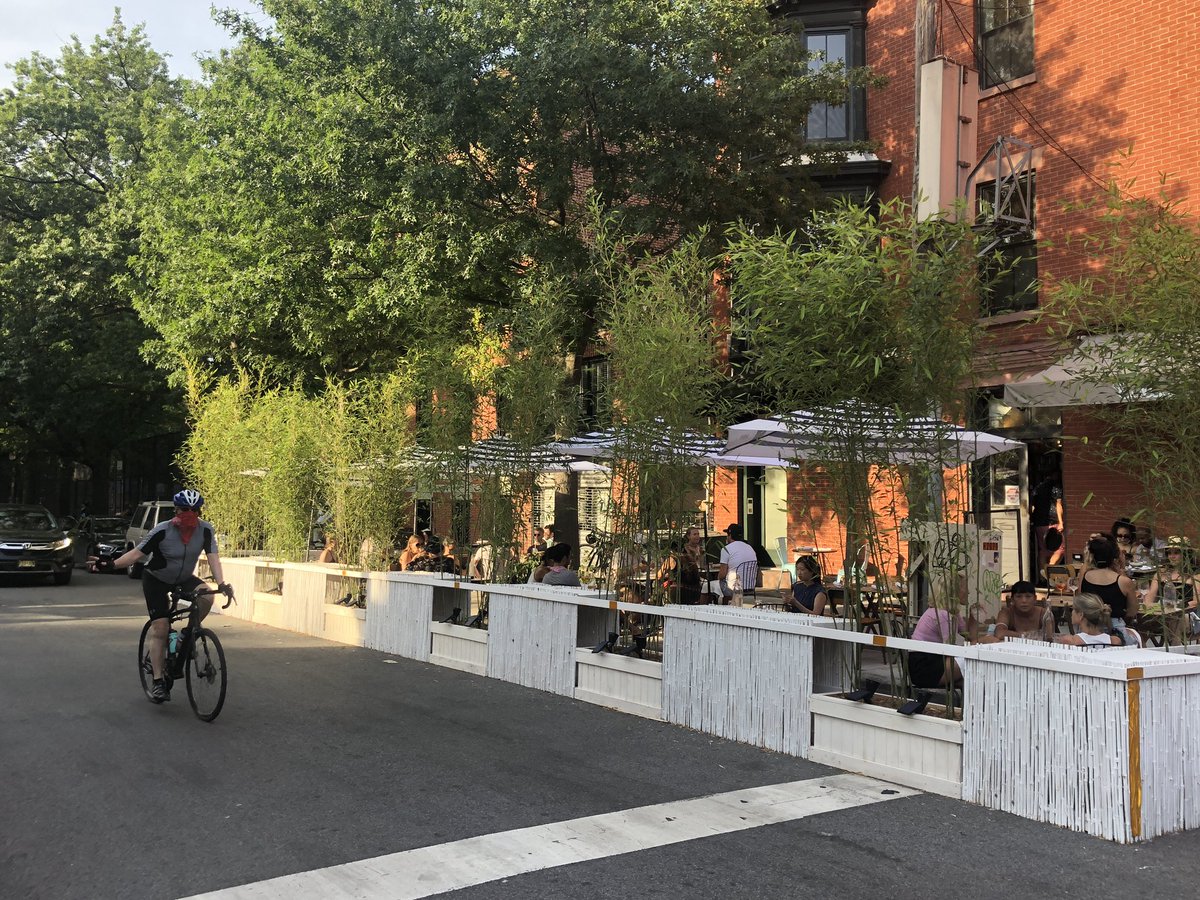UPDATE: Burlington, VT #Covid19Streets includes 17.5 mi. of slow streets; 6.42 mi. for local traffic only; a .84 mi. parking lane conversion for more pedestrian space. That's 24.76 miles or a whopping 26% of the city's street network. For context, Oakland's initiative is 8.9% . 



What makes Burlington’s response unique is the range of measure being put into place. Most cities have undertaken one of the five tactics, not multiple. Also, it’s the city with the smallest population (42,417) on our list of 56 cities with #Covid19Streets.
Lateral space is what matters most right now but it’s interesting to compare linear foot per capita... most city initiatives aren’t worth calculating but what we see in Burlington vs. Oakland is 3x the linear feet given over to #Covid19Streets.
• • •
Missing some Tweet in this thread? You can try to
force a refresh




























